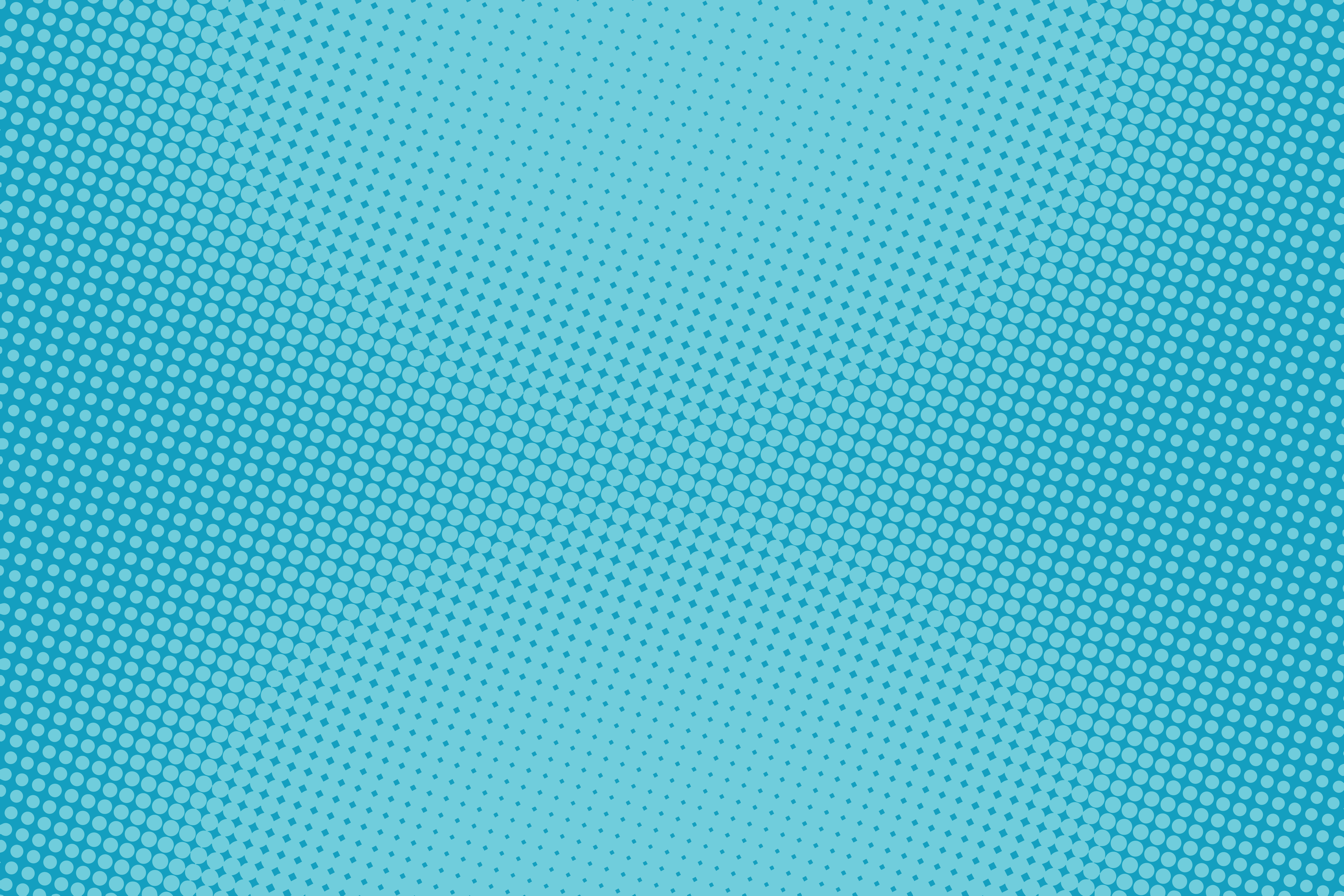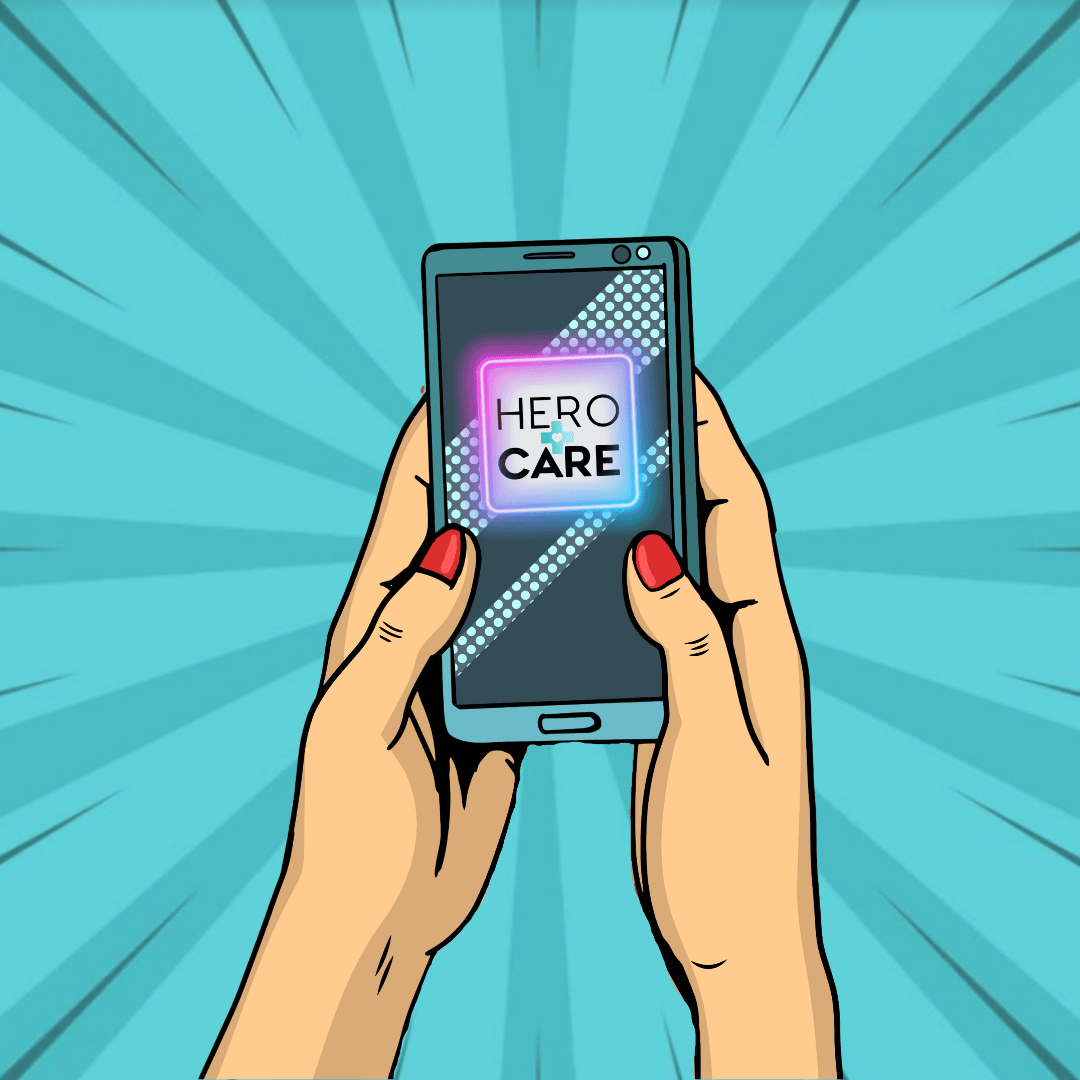
Tech Innovations Transforming Nursing Operations
As the healthcare industry continues to evolve, staffing solutions companies are increasingly turning to technology to meet the challenges of the busy summer months. This season, several new technologies are being adopted to improve efficiency, communication, and overall service delivery. These innovations are not only helping agencies streamline their operations but also enhancing the experiences of both nurses and healthcare facilities. Here’s a look at some of the key tech trends being used in the nursing profession.
1. Cloud-Based Staffing Platforms
Cloud-based staffing platforms are revolutionizing how staffing solutions companies manage their workforce. These platforms enable account managers to quickly match available nurses with open shifts, track assignments in real-time, and handle administrative tasks more efficiently. By leveraging the cloud, we can offer a seamless experience for both nurses and healthcare facilities, ensuring that staffing needs are met promptly and accurately.
2. Mobile Apps for Real-Time Communication
Mobile apps are becoming an essential tool for contract based nursing, providing a direct line of communication between nurses and their staffing account managers. These apps allow nurses to receive instant notifications about available shifts, submit timesheets, and communicate any concerns or updates. For agency administrators, mobile apps offer a convenient way to manage schedules, monitor shift coverage, and address any issues as they arise, all from the palm of their hand.
3. Artificial Intelligence and Machine Learning
Artificial Intelligence (AI) and Machine Learning (ML) are playing an increasingly significant role in nursing staffing operations. AI-driven algorithms can analyze historical data to predict staffing needs, optimize nurse placements, and even identify potential gaps in coverage before they become critical. Machine learning models can also help in personalizing nurse assignments based on their skills, preferences, and past performance, ensuring a better fit for both the nurse and the healthcare facility.
4. Telehealth and Virtual Care Solutions
The rise of telehealth and virtual care has opened new avenues for the nursing profession. Nurses can now provide remote consultations and follow-up care, reducing the need for physical presence in some cases. This is particularly beneficial during the summer when the demand for healthcare services often spikes. By incorporating telehealth solutions where applicable, hospitals and clinics can expand their reach, offer more flexible work options for nurses, and ensure that patient care remains uninterrupted.
5. Electronic Health Records (EHR) Integration
Integration with Electronic Health Records (EHR) systems is another critical innovation. By seamlessly connecting with EHR systems, healthcare facilities can ensure that nurses have immediate access to patient information, reducing the time spent on administrative tasks and minimizing errors. This integration facilitates better coordination between nurses and healthcare facilities, leading to improved patient outcomes and more efficient care delivery.
6. Wearable Technology
Wearable technology, such as smartwatches and fitness trackers, is being adopted to monitor the health and well-being of nurses. These devices can track vital signs, activity levels, and even stress indicators, providing valuable data that can help facilities support their staff better. By promoting nurse wellness and identifying potential health issues early, wearable technology contributes to reducing burnout and improving overall job satisfaction.
7. Virtual Reality (VR) for Training and Simulation
Virtual Reality (VR) is emerging as a powerful tool for training and simulation in nursing. Agencies are using VR to provide immersive training experiences that help nurses practice skills in a controlled, risk-free environment. This technology is especially useful for preparing nurses for high-pressure situations or specialized procedures, ensuring they are well-equipped to handle a variety of clinical scenarios.
Conclusion
The adoption of these tech innovations is transforming the landscape of nursing agency operations, particularly during the demanding summer months. By embracing these advancements in technology the nursing profession is enhancing their efficiency, communication, and service delivery. These advancements not only benefit the healthcare facilities themselves but also lead to better outcomes for nurses and their patients. As technology continues to evolve, we can expect even more innovative solutions to emerge, further shaping the future of nursing staffing operations.






